SpaceX returns to flight for Iridium roll-out
- Published
SpaceX Falcon 9 rocket lifts off
The American SpaceX rocket company has resumed flights, launching a Falcon 9 vehicle from the Vandenberg Air Force Base on the California coast.
It is the first mission by the company since one of its vehicles exploded on the launch pad in September.
The return to operations sees SpaceX start to renew what was the original global handheld satellite phone network, run by Iridium.
Lift-off took place at 09:54 local time (17:54 GMT).
A few minutes later, the first stage of the rocket landed successfully on a platform in the Pacific Ocean. An hour and 15 minutes after launch, the mission was complete with the Iridium payload safely in orbit.
SpaceX must now follow through with a steady but rapid series of further flights.
It has a long queue of customers all waiting for a ride to orbit - including America's civil space agency (Nasa), the nation's military, and multiple outfits in the commercial sector.
Indeed, Iridium has six further missions it wants to complete with SpaceX inside the next 18 months.
Matt Desch: "We're a 20-year, overnight success story"
September's launch pad mishap was a spectacular reminder of just how unpredictable rockets can be sometimes.
A Falcon 9 was about to go through a routine engine ignition test when fire ripped through its upper stage, consuming the vehicle and the Amos-6 telecommunications satellite it was due to carry to orbit.
The subsequent investigation pinned the most likely cause of the failure on a design problem in the rocket's helium pressure tanks. But with corrective action SpaceX believes it is now safe to return to service.
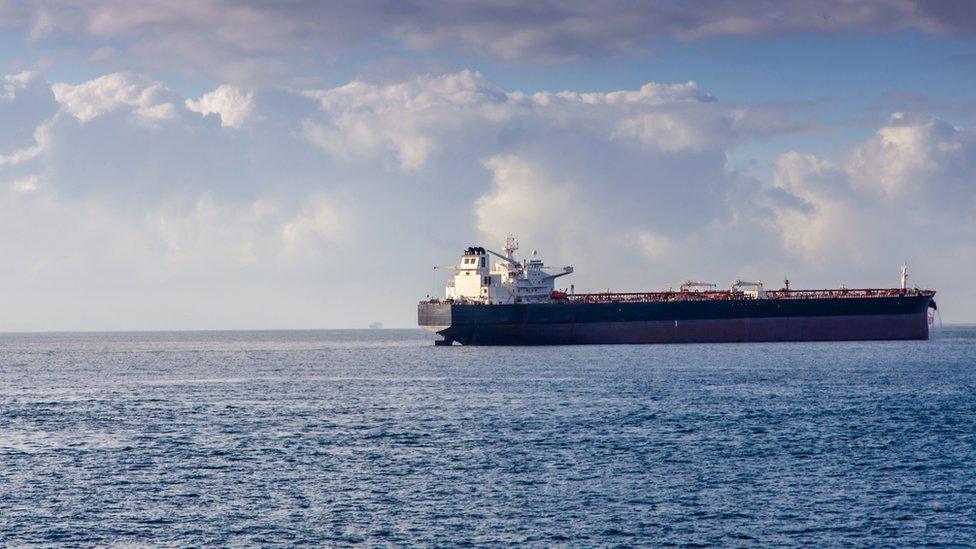
The new constellation will track ships across the globe
On this flight were 10 spacecraft for the Iridium satellite voice and data company. The batch represents the first phase in the roll-out of Iridium's NEXT constellation.
A total of 81 satellites have been ordered from the European manufacturer Thales Alenia Space to completely overhaul the original but now ageing network.
"Today Iridium launches a new era in the history of our company and a new era in space as we start to deliver the next-generation of satellite communications," said Matt Desch, chief executive officer of Iridium.
"We have been working endless hours for the last eight years to get to this day, and to finally be here with 10 Iridium NEXT satellites successfully launched into low-Earth orbit is a fulfilling moment."
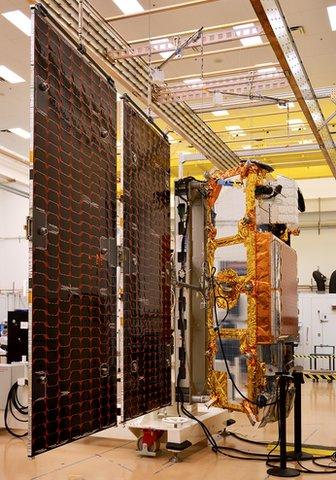
Iridium has ordered 81 satellites from the French-Italian manufacturer Thales Alenia Space
Iridium is famous for being the very first commercial company to provide global, hand-held satphone coverage, and supplying voice connections to anywhere on the planet is still very much part of its business. But its network has increasingly been used to feed data from remote systems, such as pipelines, ocean buoys, and mining equipment.
Iridium has become a big player in what is termed M2M, or "machine to machine" services. And the company is banking on that market getting ever bigger as more and more systems are linked together.
As well as improving the data connection speeds for those services, the new spacecraft carry additional payloads that allow Iridium to enter new markets.
These involve the tracking of ships and planes when they are out of sight of VHF radio, in the case of maritime vessels, and radar, in the case of aircraft.
One thing the new satellites will not be capable of doing, however, is producing Iridium "flares". These are the flashes in the sky that result when sunlight glints off the antennas of the old spacecraft.
The new satellites do not have the same configuration, so once the original constellation is de-orbited the flashes will cease.
"I'm afraid those who've been tracking that phenomenon over the past 20 years have another year or two to see it," Mr Desch told BBC News.
"As someone who's seen a couple myself, you can imagine what a thrill it is to be the CEO of a company like this and watch your satellite go overhead. But we weren't going to spend money just to make angular shiny things on our satellites, so that phenomenon will go away - but it's been fun."
Big demand
The launch was a high-pressure event for both Iridium and SpaceX.
For the former there was a need to get its new constellation in place before more of the current satellites fail. Some gaps in service have started to appear and this will only increase as time passes.
And for SpaceX there was pressure to prove it can deliver on its promises to service so many customers at once.
Rachel Villain is principal advisor with respected industry analysts Euroconsult in Paris.
She told BBC News: "All Iridium's eggs are in the same basket, which was not the case when the first constellation was deployed.
"The satellites back then were booked on different launch vehicles, and so it allowed at that time to have a quick deployment.
"Here, SpaceX is required to launch 70 satellites, 10 at a time, still in 14 months. If Iridium were the only client for SpaceX - that would be fine. But SpaceX has big clients, like Nasa, and other commercial operators like SES."

Iridium's satellites are arranged in six planes to provide global coverage
The constellation comprises 66 Low-Earth Orbit satellites
15 spares (6 in-orbit, 9 ground) have also been ordered
The network flies at an altitude of 780km (485 miles)
Roll-out of the new satellites should take over a year
Once complete, the old constellation will be brought down

Jonathan.Amos-INTERNET@bbc.co.uk, external and follow me on Twitter: @BBCAmos, external
- Published14 January 2017
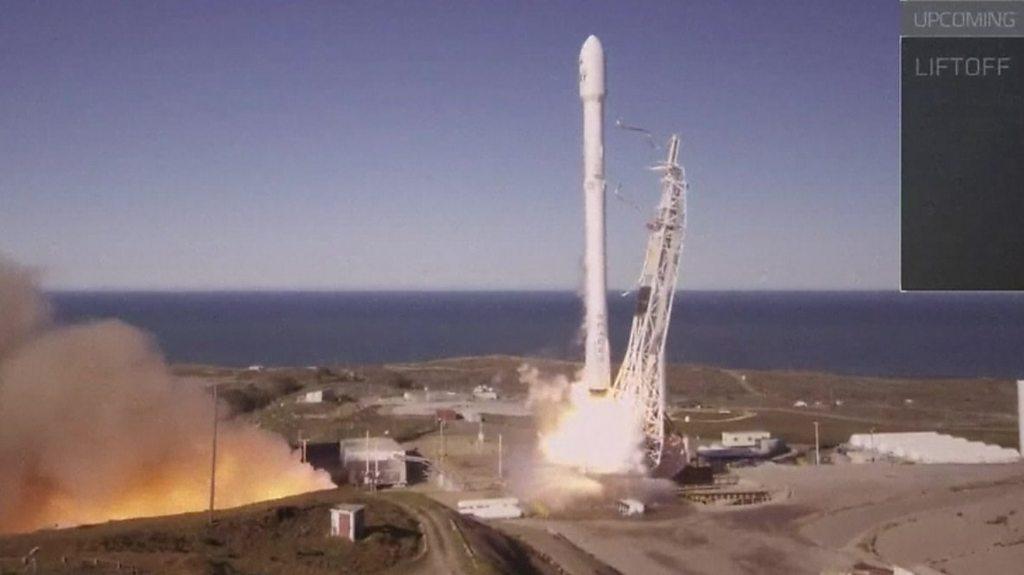
- Published17 November 2016
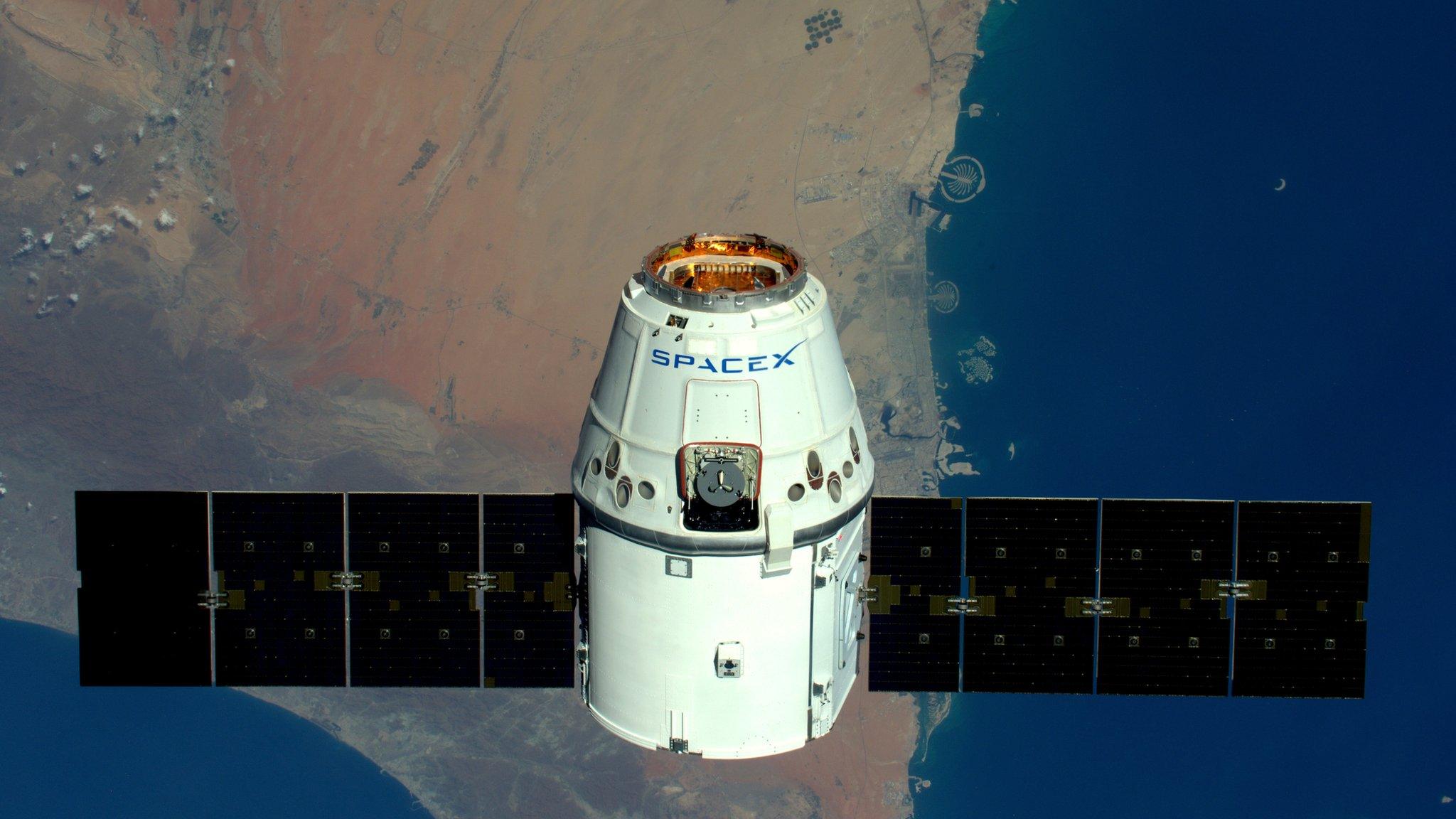
- Published27 September 2016
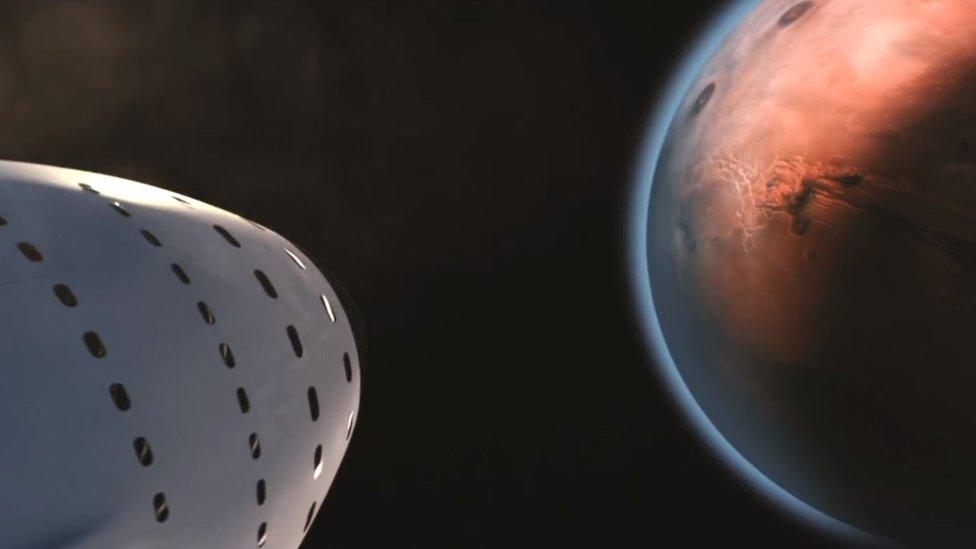
- Published26 September 2016
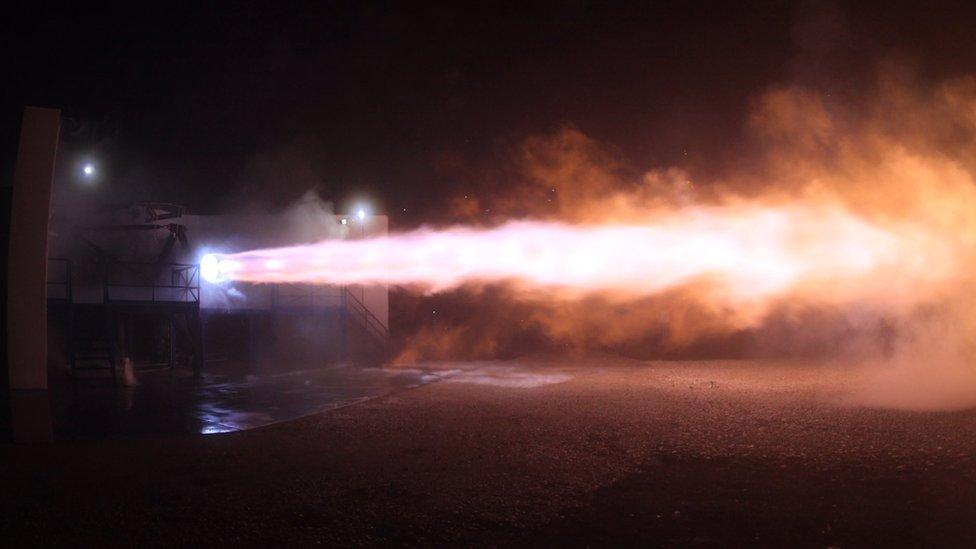
- Published1 September 2016
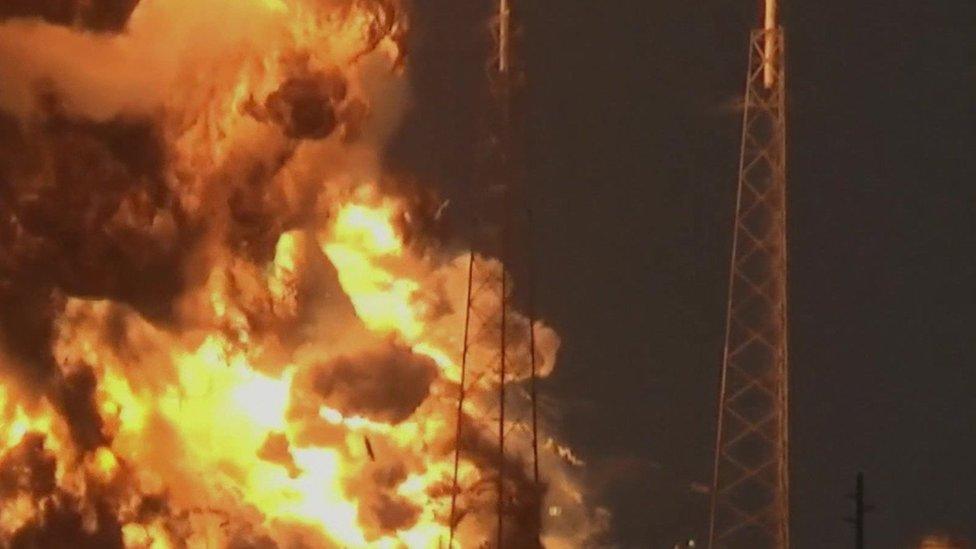
- Published1 September 2016
- Published16 June 2010